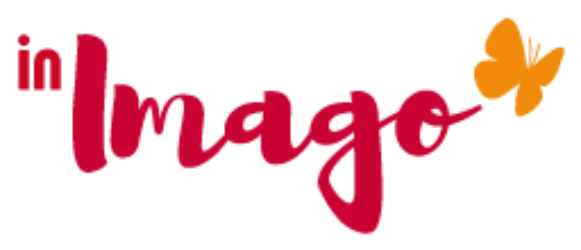Agility : Principle 1 : Our highest priority is customer satisfaction
“Do what you do so well that they will want to see it again and bring their friends.” – Walt Disney.
Intensio: from a team point of view
The first principle of agility puts the team, for the first time, in direct contact with its user.
The team must therefore expose itself and compare its ideas to determine a short delivery time and create features, services or products with high added value. These are the interactions within the team that will be honored.
If the company calls a coach, the role of the coach will be to invite the team to listen to each other, take into account the different opinions and add the ideas to enrich the overall proposal.
The coach will also set up the necessary environment to generate a space for co-creation, cooperation where each team can initially, in a closed circle, train to expose themselves, receive feedback, bounce or rotate . As soon as the team is trained in this intra cooperation, the client will be welcomed without apprehension. It will just bring the team to be curious and receptive to its unsaid and its comments instead of focusing on what the team has produced.
Focus Mago: from an individual point of view
With this first principle, the individual is invited to discover himself to favor the emergence of a new work organization, where each voice has the same value. Moreover the Mago of each individual or his “personal magician”, will be born again and offer the team all its creativity, ability to take things with humor, focus on what is essential and of course satisfy the customer.

From the renaissance, from his deep self, will be born within the team an effervescence and a shared joy that will be demonstrated by a friendly and warm atmosphere in the workplace. This will make work easier for the individual. In fact, the mood of one individual will have an impact on another, and so on. So here, the coach is very attentive to the realization of everyone in the group. The coach will also be very attentive to isolated people, who may have “burn-out” characteristics. In this case, the coach will try to motivate him by finding the aspect of his work that gives him the greatest pleasure and push him to emphasize this aspect in all his tasks.
Focus Extensio: from an organization point of view
Thanks to the team-client cooperation, here the team accepts to leave its classic process.
In this focus, we analyze the impact of a department subject to coaching on the rest of the departments. The coach must ensure that communication
and the exchanges are easily done outside the accompanied teams.
This first will quickly impact the organization. Indeed, as soon as the team confronts its point of view and adds its know-how, it identifies its strengths and what it lacks. The management will have to be attentive to allow the experimentation without judgment nor comment on the utility
of what is proposed.
The hierarchy will also be led gradually to review the organization of its service and communicate to maintain a healthy relationship with other departments that could feel “threatened” by an end-to-end realization.
To allow the acceptance of the change in the organization itself, it is necessary to accept to leave the manufacturing process or usual development.
For this change to be possible, the main issue is in the hands of top management. Indeed, it will be up to them to make the organization accept a direct contact with the client team, thus generating a short circuit in the traditional organizational processes so that this change is possible.
Auteurs :
Dominique Popiolek,Transformation leader and professional coach and Isis Tetang, blogger in personal development and entrepreneur.

